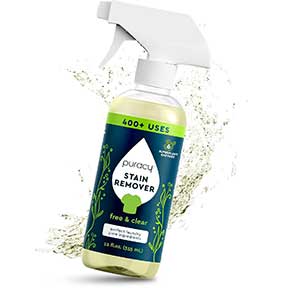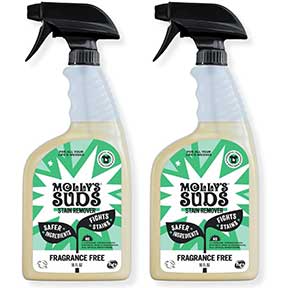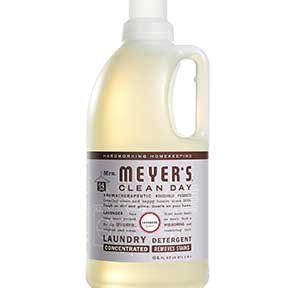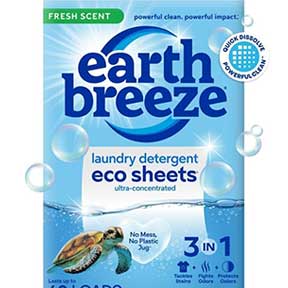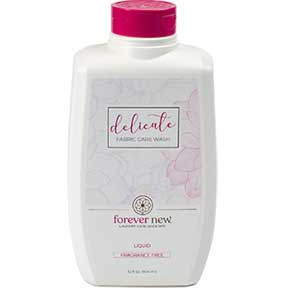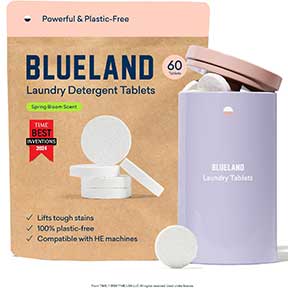Washing and Drying Clothes
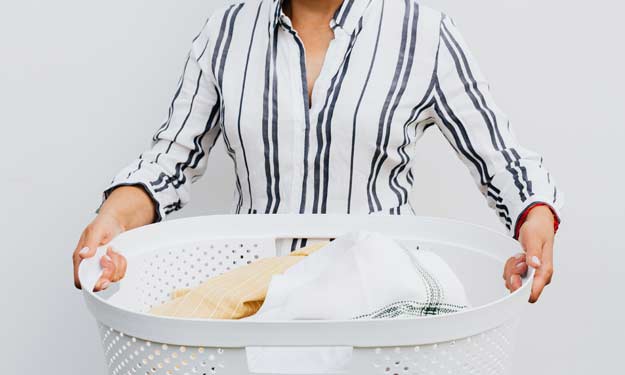
How to Wash and Dry a Variety of Clothing Items.
How to Wash and Dry Your Clothes
Your grandmother might remember the days when a homemaker’s skills were assessed by the white linens hanging from the clothes lines that were in just about everybody’s backyard. Grey heads would nod in agreement as they looked over the fence into granny’s yard, “Yes, that woman always has the whitest sheets.” While some might think back on those days with nostalgia, those good old days were also a lot of hard work. Mountains of laundry were sorted and a whole day was required to wash and hang it out to dry. Another tedious day was spent ironing, hanging, folding and putting things away. We can’t avoid laundry day but with the advancement of modern amenities we can speed up our laundry routine. I know granny was as happy as a bug snug in a rug. Even with our modern equipment, we still need to be careful how we wash and dry our clothes.Sorting and Separating Laundry
Even though automatic washer and dryers have taken the work out of the task, you still need to sort your laundry before washing. You not only need to pay attention to the colors of the clothing, but also the fabric. And don’t forget what clothes are used for, certain work clothes might deserve their own exclusive load, such as your husband’s greasy, dirty work clothes. To make sorting simple, one idea is to have a laundry basket for each regular load you do on a weekly basis or a nice sorting basket with several compartments for whites, specialty care, dark colors, and work clothes. This can help tidy up your laundry area and make sorting clothes less time consuming and you might even be able to train your family to sort as they go.Sorting Laundry
If you don’t have the room for more than one laundry basket then separate into the following piles. I would suggest though. if your significant other has a job that involves getting greasy or very dirty, to keep a separate laundry basket for those clothes.- Separate white and light colored articles of clothing which may include underwear, socks, towels, linens, shirts, etc. and put these in one pile.
- Separate lightly colored articles that you don’t think fit in with white laundry items and put them in another pile.
- Sort your delicate items such as: cashmere, some cottons, silk or satin items like lingerie, nice work clothes, lacey items, and wool. You will want to wash these on a delicate cycle or possible take to the dry cleaner.
- Separate dark colored clothing jeans, socks, sweatshirts, t-shirts, etc. Put them all in a pile.
Washing and Drying Specialty Care Items and Delicate Items
Ignoring the manufacturer’s recommendations for laundry care is not really in your best interest, especially when it comes to your delicate clothes or specialty care laundry items. Don’t learn the hard way by ruining that blouse you just bought for $65.00 and only wore once. These items should also be sorted by color so no staining or transfer of color happens.Check the Labels on Special Care Clothing
I know it may seem like a chore but do read the labels. You’ve bought a delicate item for a reason; you fell in love with it, so washing it correctly will keep it in your closet that much longer. Some items can be washed on gentle cycle and must be washed in cold water, some items may only be hand washed. With drying the manufacturer may recommend the clothing lay flat to dry or the fresh air of line drying is acceptable, maybe the item can be tumble dried with low or no heat. If in doubt, just skip the dryer. There are many laundry soaps for delicate and/or specialty care items. One of my go to, tried and true liquid soaps is Woolite. Depending on the item, I may also use a wash bag to put my clothing in prior to washing.Washing Whites
The rule of thumb here is wash whites separately. And wash in a temperature that is appropriate for the fabric. For instance a washable silk shirt may require a cool water temperature, while a cotton shirt may be able to be washed in hot water (if necessary). Pretreat any clothing items, if necessary and appropriate to fabric type, before washing. Chlorine bleach is harsh and can, over time, ruin your clothes. Instead of opting for bleach, try Borax or OxiClean. If you have bleach on hand and it’s your choice, be sure to only use it sparingly. White vinegar can also be added to the rinse cycle to help whiten those whites and make your clothes soft.Washing Baby Clothes
Babies are so cute and adorable, those big eyes and chubby checks. I just went to a baby shower and I couldn’t believe that some outfits were actually hand wash. Now I know some hand wash clothing items can actually be washed on a gentle cycle but how many of us are going to want to risk the possible damage? My thoughts on baby clothes is that they should be durable and washable and adorably cute. You’ll be going through so many of them daily do you really want to hand wash baby clothes?The Basics When Washing Baby Clothes
Baby’s skin is sensitive, wash all clothes before using them and don’t use harsh detergents. To keep their skin from getting irritated, use a gentle, mild product like Ivory or Dreft. It’s true that your baby may not develop any kind of skin irritation if you use your regular laundry soap but I never wanted to take the chance and always washed the baby clothes separately. If you do wash baby’s clothes with the rest of the family’s clothes and use your regular detergent, if your baby develops a skin irritation, then switch to a gentler soap and see what happens and if it continues, contact your doctor.Removing Stains on Baby Clothes
As we say so often when it comes to stain removal, acting sooner rather than later is key to removing stains. I know this is easier said than done, especially if you’re out and about or in the middle of feeding your baby. If you try something like a baby wipe or a napkin dipped in water to dab at the stain, your chances are pretty good you’ll get the stain out. Some stains that have set on baby clothes for a time may still come out when soaked in water and lightly scrubbed with a toothbrush or something similar. If you will use a separate stain remover on your baby’s clothing items, try OxiClean or Dreft.How to Wash Jeans
Jeans can be expensive and I want mine looking good for a long time. Here are a few tips when washing jeans:- I only wash about five pairs of jeans at a time which works for the size washing machine I have, if you have a smaller washing machine, maybe try only three or four pairs of jeans at a time. Washing too many at once can create more wear and tear on the fabric than I already do.
- Turning the jeans inside out and washing in cold water will help avoid color loss. There are many people that will hand wash their jeans to avoid the agitation of the washing machine and jeans rubbing together.
- I personally hang dry my jeans until they are dry. There a little stiff when I put them on but they loosen as I move around. If you hang dry your jeans but want them a little less stiff, you can throw them in the dryer for a few minutes.
- If I’m just out and about and not getting dirty, I may not wash a pair of jeans for weeks. I want my jeans looking good for a long time, plus, I kind of like the fit after I’ve worn them a few times.
- Check for stains and pretreat before washing.
Using the Washing Machine and Washing Laundry
Here are some basic rules when using the washing machine and washing laundry.- Set the wash cycle. Consider the clothing you are washing and set to either normal, permanent press or a gentle cycle. Most clothes will use a normal cycle.
- Add the laundry detergent. Check the instructions for the proper amount as some detergents are more concentrated than others.
- Check for stains and pretreat as needed.
- Add the clothes. Do not overfill the machine. Overloading the washing machine will cause your clothes not to wash properly and will not rinse completely.
- Add any additional liquids to the machine, such as fabric softener.
- Close the lid and turn the washer on.
Using the Dryer and Drying Clothes
Remember that not all clothes need to go in the dryer. As I stated above, I hang dry my jeans as well as many other clothing items like my cotton t-shirts, I like mine to leave me a little room to breathe. But if you do use the dryer here are some basic rules of drying.- If you have pretreated clothing in the wash process, prior to putting clothes in the dryer, check and make sure the stain is gone. If the stain is not gone, set the garment aside to be washed again. If you do dry a clothing item with a stain, drying can permanently set the stain in.
- Before putting clothes, towels, whatever it is in the dryer, I shake out and unbundle the clothes so drying is more even and the item doesn’t come out all wrinkled and crinkled.
- Toss in a dryer sheet, dryer ball, etc.
- Set the fabric type, dry time and turn on the dryer. I clean the lint trap after each time I use the dryer.
Clothing and Laundry
